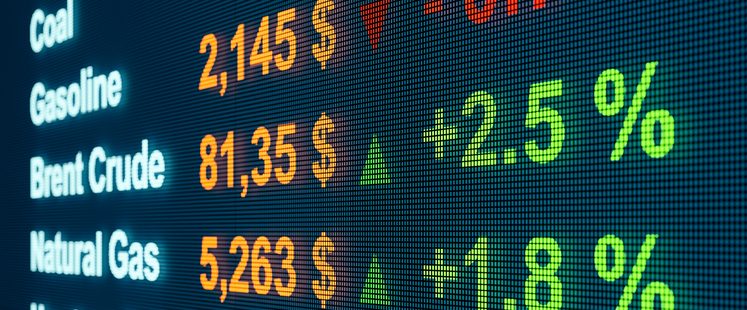Our Opinion: 2023
Who gets squeezed by inflation?

With price inflation at multi-decade highs in the UK, as well as in other big economies, the issue has shot to the top of the policy agenda. Central bankers are under attack for having lost control and politicians blamed for a cost-of-living crisis.
There’s a debate over whether the inflationary surge is transitory (caused by the unexpectedly strong post-pandemic bounce back and constrained supply), or something more permanent. The stakes are high. If policymakers wrongly judge that high inflation has become entrenched, they risk clamping down too hard on spending, weakening economies as they emerge from Covid-19, lowering incomes and destroying jobs. But if they underestimate the true threat of persistent inflation, they will be forced to take tougher action later to eliminate the danger, just as happened towards the end of the 1960s with equally serious consequences. Either way, it’s vital to ensure inflation is measured properly.
The UK’s Office for National Statistics arrives at its monthly figure for the Consumer Price Index (CPI) by collecting 180,000 pieces of price data on a ‘basket’ of more than 700 everyday goods and services bought by households across the UK. To get this data it sends 300 agents into stores in 141 locations nationwide, and scours the web. It then combines that data with “detailed information on spending patterns to calculate accurate price changes for goods and services in the UK”. And in the case of CPIH inflation (CPI, but including housing costs), it also feeds in around 300,000 rental prices from up and down the country.
In addition, the ONS still records (but does not recommend the use of) the old Retail Price Index, which was calculated in a different way. The change to CPI was made in 2011 to bring the UK into line with other countries and has the advantage for the government of giving a lower figure.
The ONS tries to keep its basket of 700 items up to date and sensibly weighted using information taken from its own price collectors, as well as the national accounts and a large survey of households’ outgoings. Sometimes the changes reflect technological shifts: in recent years the ONS dumped CD players in favour of smart speakers, for example. Sometimes it reflects temporary societal factors: additions to the basket in 2021 included hand sanitiser, loungewear, and home exercise equipment. Categories that saw big rises last year include used cars, air travel, furniture, and household appliances.
The ONS has been working on a radical technology-driven overhaul of its price collection methods, scheduled to go live this quarter. This will incorporate billions of data points direct from checkout scanners – providing a more accurate picture of inflation and allowing more detailed analysis of how it affects different income groups. Poverty campaigners have argued that official measures of inflation dramatically understate its impact on the poorest, due in part to supermarkets quietly withdrawing their low-price ranges.
Certainly, everyone has their own “personal inflation rate”, depending on what they buy. If you commute by car every day, you will be disproportionately affected by changes in the price of fuel. Moreover, in general poorer people spend a bigger proportion of their income on food and fuel. So, if inflation is being driven by higher food and fuel prices, we should expect them to be disproportionately affected. And since rich people do more of the spending on which the figures are based, their spending patterns will do more to shape the overall figure.
Having said all hat, the ONS is clear that when inflation data is broken down in different ways, such as according to how much income you earn or whether you own or rent your property, the differences between income groups have been “historically small”. An exception was during the financial crisis of 2008 when inflation was higher for low-income households.
Long-term food inflation higher is not higher than previously. Since 1992, the last time inflation was as high as it is now, ONS data shows that prices for food and non-alcoholic drinks have risen a bit less than prices overall. Also, the weighting they have in the ONS basket has fallen by seven percentage points, as households are richer on average and spend proportionately less on food than they did.
By contrast, the price of energy has outstripped overall inflation. Nominal prices overall have less than doubled since 1992, but energy prices have more than tripled. Other categories to see inflation-busting rises are insurance (more than tripled); and tobacco and private education (prices up more than sixfold in both cases). Prices for electronic goods, such as personal computers, have supposedly slumped.
Financial markets now expect the Bank of England to raise interest rates by another percentage point to 4.5% by this summer and to keep them at that level until spring 2024, and not to drop below 4% per cent until the end of 2024.
10th January 2023
